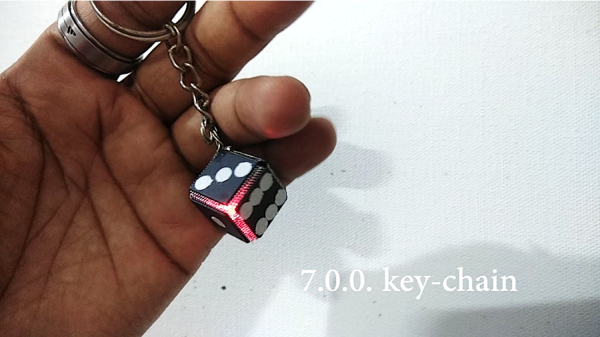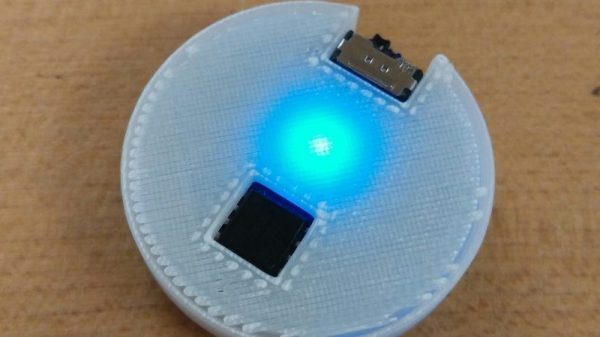Navy SEALs and other highly trained special forces operators all know a simple, basic fact – you’ve got to breathe to live. That seems self-evident, but breathing control is immensely important to being able to perform at a high level in stressful situations. But even if you never anticipate being under fire, you can learn the SEAL way of breathing with this visual aid.
Lest you think that Box Breathing, also known as the four-square breathing technique, is some sort of New Age nonsense, recent research has uncovered the neurological basis for the feeling of calm that can come over someone taking slow, deep, even breaths. But in the heat of the moment, remembering to square your breaths can be a little difficult. [Lim Han Yang] decided that a portable visual cue could help, so he put an ATTiny85, an LED, and a coin cell battery on a tiny circular PCB and spun up a simple translucent dome out of PLA. The blue LED has a soothing appearance behind the diffuser as it goes through a 16-second cycle, ramping up in brightness for four seconds, holding steady for four, then dimming and finally staying dark. The idea is to breathe in sync with the light to get relief from stress.
No build files are posted yet, but we hope to see them soon – we can think of a few people this would benefit greatly. In the meantime, if you’re still looking for that New Age breathing experience, you can always breathe with the psychedelic flowers.




















